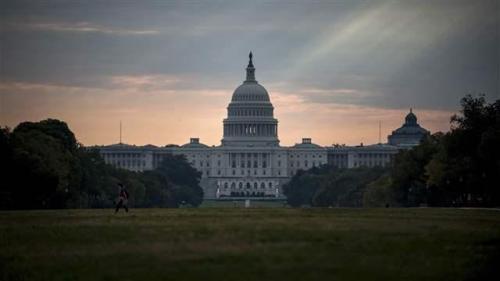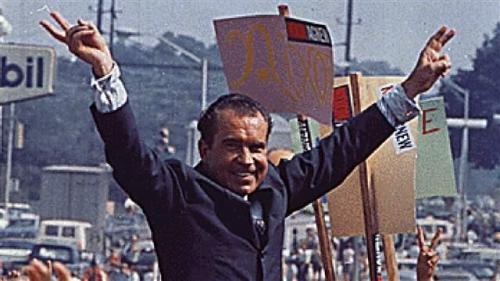Our federalist system of government is complicated. The divisions of power among federal, state, and local government are often murky, and deciphering who is responsible for what is frequently confusing. In this jumble of responsibilities, we too often forget about an important component of our federalist arrangement—county governments.
On February 24th, the Metropolitan Policy Program at Brookings hosted a conversation with four county leaders—Maggie Brooks of Monroe County, N.Y.; Mark Luttrell of Shelby County, Tenn.; Rushern Baker III of Prince George’s County, Md.; and Ben McAdams of Salt Lake County, Utah. The lessons from the event were clear: Counties are hugely important, they are home to some of the most innovative work we are seeing in local governments across the nation, and they need a new compact with state and federal government to reach their full potential.
Counties are deeply involved in providing quality-of-life services—public health and public safety largest among them. They also own and maintain nearly half of our country’s roads, contribute nearly $20 billion to public works infrastructure (like wastewater treatment, gas, and electricity) annually, run huge numbers of our courts and correctional facilities, and invest tens of billions of dollars in economic development annually.
As the most hands-on providers of public services, counties feel federal and state budget cuts in a way that most other levels of government don’t. The federal government now spends nearly two-thirds of its budget on mandatory programs, a total overwhelmingly composed of Medicare, Medicaid, and Social Security. This has squeezed out the discretionary spending that counties and other local governments have relied on in the past—particularly for infrastructure. And this scaling back of federal spending is happening at a difficult time: Many counties are still feeling the effects of the recession, which continue to dampen revenue streams.
The story with states is even worse. Counties rely on states for approximately 30 percent of their funding, but state budgets across the country are in rough shape. At least 16 states are projected to run budget shortfalls this year, and the required budget cuts will inevitably fall onto counties. Many county leaders find themselves having to provide more services for greater numbers of people while receiving less money from their own jurisdictions (via taxes) or from higher levels of government. This bind has made innovative policymaking a necessity.
The four county leaders we hosted told some enlightening stories of innovations that have allowed county resources to go further. County Executive Brooks of Monroe County has led her county’s effort to share public services across municipalities, improving performance and saving significant resources. (Small, fragmented municipalities with separate services are a major source of inefficiency across the country.) County Mayor Luttrell, along with the city of Memphis and business groups, co-chaired the creation of a comprehensive economic development plan for the Memphis metropolitan area. County Executive Baker of Prince George’s County created the Transforming Neighborhoods Initiative, which takes a holistic approach to uplifting six neighborhoods facing economic, health, public safety, and educational challenges. And County Mayor McAdams partnered with the private and nonprofit sector in Salt Lake County to expand preschool access to economically disadvantaged children.
While counties vary enormously from place to place, the leaders we hosted all had similar thoughts on how to catalyze more innovative policymaking at the local level across the country. One key is flexibility in how funds are used. Mandatory programs and services make up a huge part of county budgets, and most of the funding from higher levels of government comes with strings attached. Without the official power to change how a certain program is run or how a certain mandate is carried out, local leaders are not able to align funding with the particular needs of their communities. So long as a policy is guided by a clear purpose, why should higher levels of government (which don’t actually do the work) decide how it is carried out? As County Executive Brooks pointed out, it is deeply ironic that innovation is celebrated in the private sector but viewed with so much suspicion in the public sector.
The fact that counties often fly below the radar obscures their greater contribution to American public life. They are another example of local governments taking matters into their own hands in improving the lives of their citizens. Through their spirit of pragmatism, collaboration, and innovation, they are an important piece of the Metropolitan Revolution.





Commentary
Governing from the ground up: How counties contribute to the metropolitan revolution
February 27, 2015